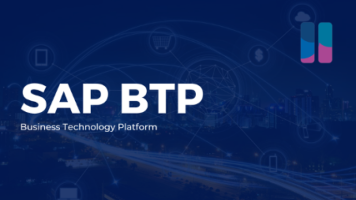SAP HANA Migration
- Posted on August 2, 2024
- SAP
- By ROI Blogger
- 602 Views
The digital age demands real-time insights and agile decision-making. SAP HANA, with its in-memory computing capabilities, has emerged as a game-changer for businesses seeking to accelerate their operations and gain a competitive edge. Migrating to SAP HANA can be a complex undertaking, but the rewards are substantial. In this blog post, we'll explore the key factors to consider when embarking on an SAP HANA migration journey.
Why Migrate to SAP HANA?
Before diving into the migration process, it's essential to understand the compelling reasons to adopt SAP HANA:

Real-time analytics: Process vast amounts of data instantaneously to uncover hidden patterns and trends.
Improved performance: Experience significantly faster transaction processing and report generation.
Simplified data modeling: Create and manage complex data models with ease.
Reduced hardware costs: Consolidate multiple systems into a single platform.
Enhanced decision-making: Empower users with timely and accurate information.
Key Considerations for SAP HANA Migration
A successful SAP HANA migration requires careful planning and execution. Here are some critical factors to consider:
Assessment: Evaluate your current IT landscape, data volume, and business requirements to determine the optimal migration strategy.
Data Migration: Develop a robust data migration plan, including data cleansing, transformation, and loading.
Hardware and Infrastructure: Ensure your hardware and network infrastructure can support SAP HANA's demanding performance requirements.
Application Optimization: Identify and optimize applications to leverage HANA's capabilities fully.
User Training: Provide comprehensive training to end-users to maximize the benefits of the new platform.
Testing and Validation: Rigorously test the migrated system to ensure data integrity and application performance.
Migration Approaches
There are several approaches to SAP HANA migration:
Big Bang: A complete migration of all data and applications in a single project.
Phased Approach: Migrating data and applications in stages, allowing for gradual adoption and risk mitigation.
Landscape Transformation: Re-architecting your IT landscape to take full advantage of HANA's capabilities.
Overcoming Challenges
SAP HANA migration can present challenges, such as data quality issues, performance bottlenecks, and change management. Addressing these challenges proactively is crucial for a smooth transition.
Conclusion
Migrating to SAP HANA is a strategic decision that can significantly impact your business. By carefully planning and executing the migration, you can unlock the full potential of in-memory computing and gain a competitive advantage.
Related Blog:
9 Top SAP S/4HANA Benefits for Businesses (roi-esolutions.co.uk)





Write a Response